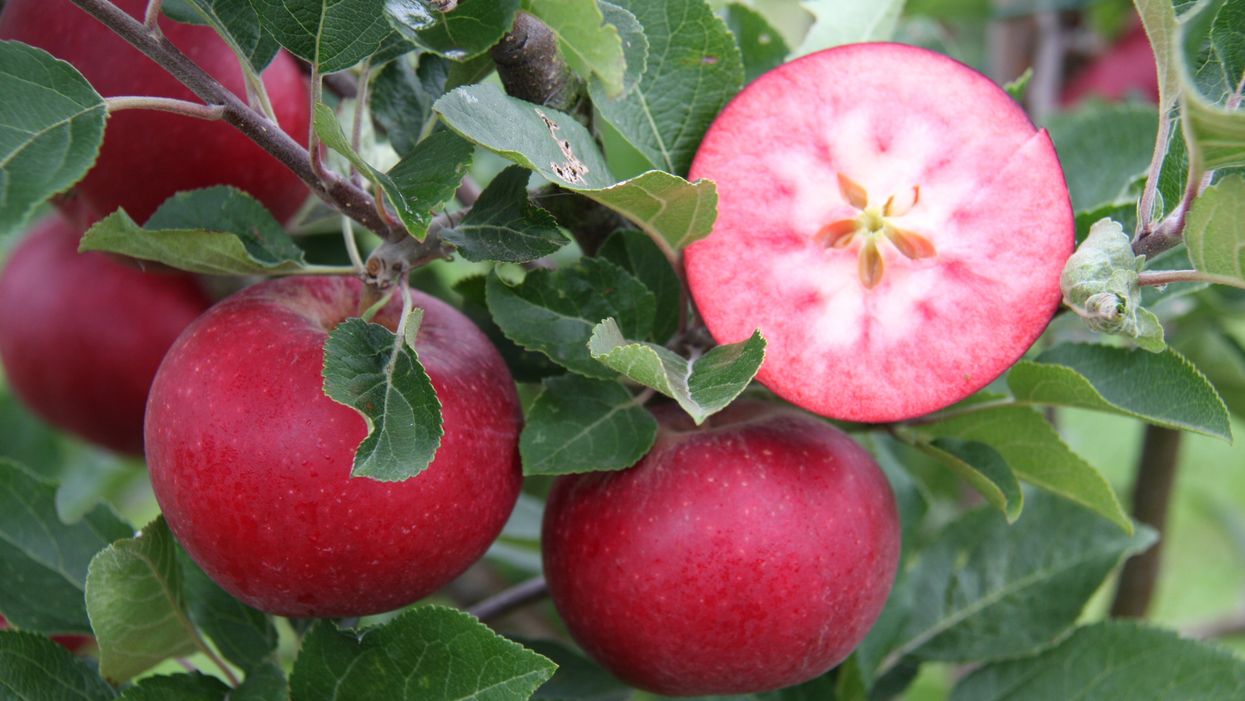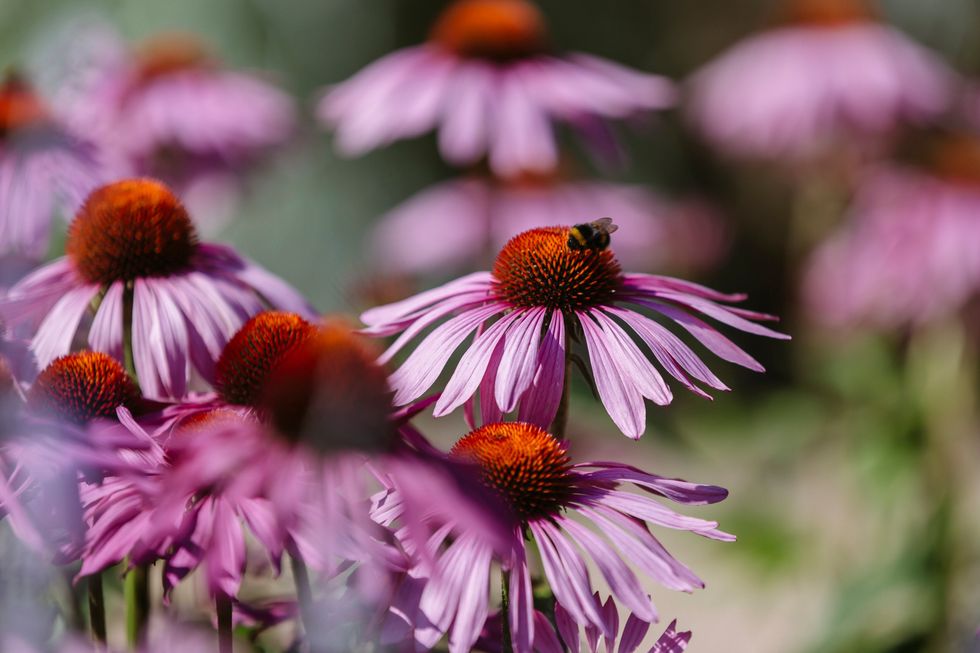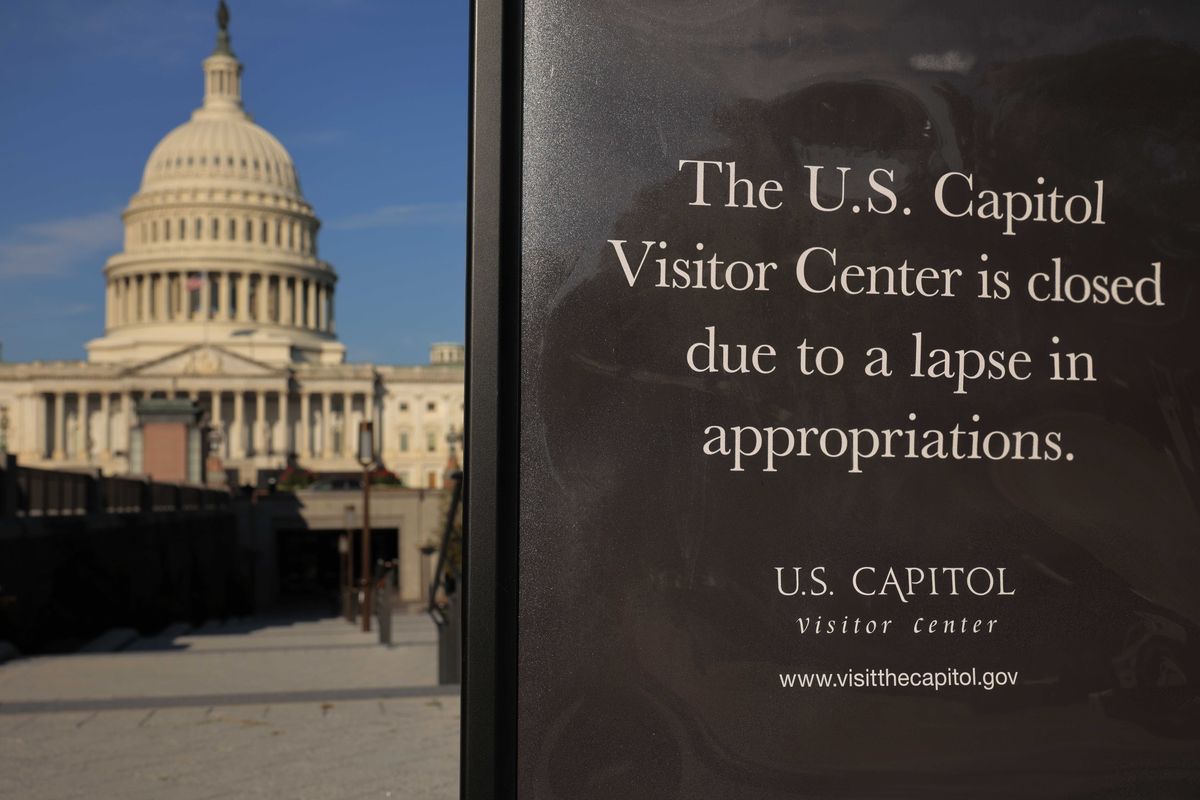
“Snow White” apples, bold flower colours and planet-friendly gardening are among the trends expected for 2022, according to the Royal Horticultural Society
The charity has drawn up its predictions for what will be popular next year based on gardener inquiries and views from experts.
Among the expected trends are a taste for more confident colours such as reds, oranges and purples, with plants such as crocosmia, salvia, canna and varieties of echinacea expected to prove popular.
Houseplants will also become more colourful, with low-maintenance plants in brighter hues, such as the red succulent x Semponium “Sienna”, expected to overtake sales of green-leafed varieties.
The appetite for colour will even extend to fruit trees, the RHS forecasts, with red-fleshed “Snow White” apples, high in anthocyanins thought to be anti-inflammatory and anti-viral, becoming more common in gardens following the success of newly-introduced varieties “Tickled Pink” and “Surprise”.
Gardeners are also expected to try out growing more exotic fruits such as pomegranates, chokeberries and serviceberries.
After lockdown, a return to more office working means time in the garden has felt the squeeze – prompting a rise in labour-saving kit such as pre-planted baskets and troughs, self-watering pots and battery-powered pruners.
But for those with time to spare, learning a new skill is on the agenda, with many gardeners keen to lessen their impact on the environment, the RHS said.
That could spur a resurgence in home composting techniques, and even a focus on scything which is easier than a mower on wildflower patches and reduces the need for petrol or diesel powered tools, the charity said.
Flowers could also share the vegetable patch with food crops in 2022, as people respond to the carbon footprint of shop-bought cut-flower bouquets by growing their own.
Plants such as cosmos, dahlias and zinnia that repeatedly flower could be grown for summer displays, while sea lavender and everlasting flower work well for winter in dried flower arrangements.
Guy Barter, chief horticulturist for the RHS, said: “Many of the new recruits to the ranks of gardeners and, indeed, those that have long tended to houseplants and outdoor plots are embracing new ways of growing as their skills and interest develops.”
This, he said, could include “investing in cold frames, raised beds, conservatories, greenhouses and sheds in order to grow more efficiently, tools that make light work of seasonal tasks such as pruning, and concentrating their efforts on reducing, reusing and recycling”.
“That might include putting leftovers and waste to better use in the form of composting – the perfect season to get started with leaf litter still to be found – and own-grown bouquets for indoor and outdoor enjoyment all year long.
“With a return to more normal weekday patterns in 2021, the UK’s gardeners are adapting their approach to tending their plants; drawing on quick fixes where necessary but all the time working to ensure their plots are planet friendly and an inspiring place to work and play.”
















